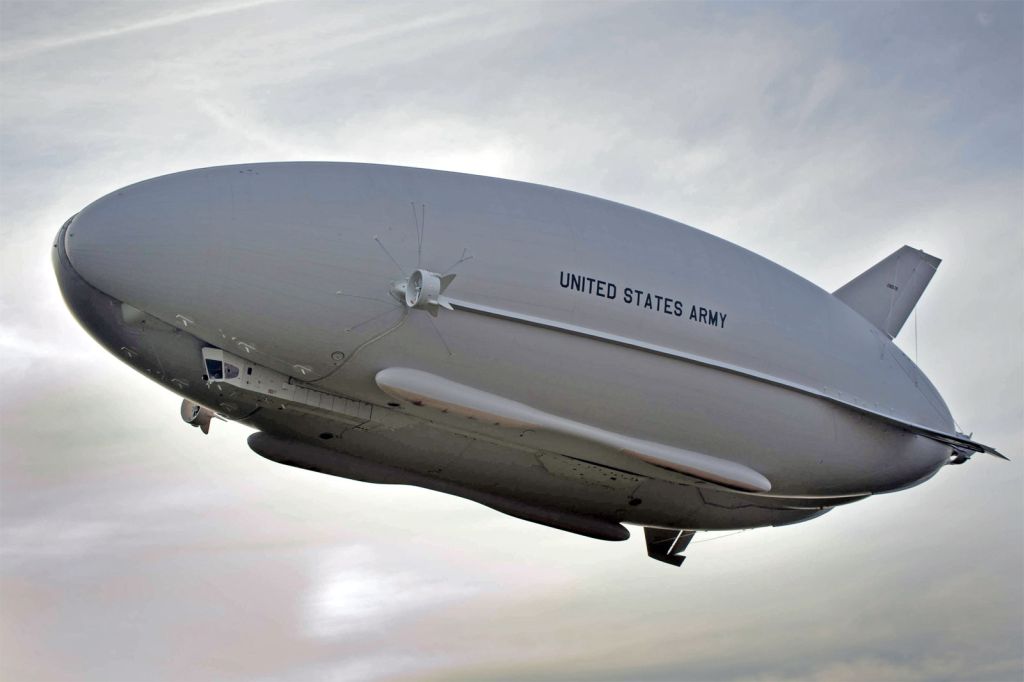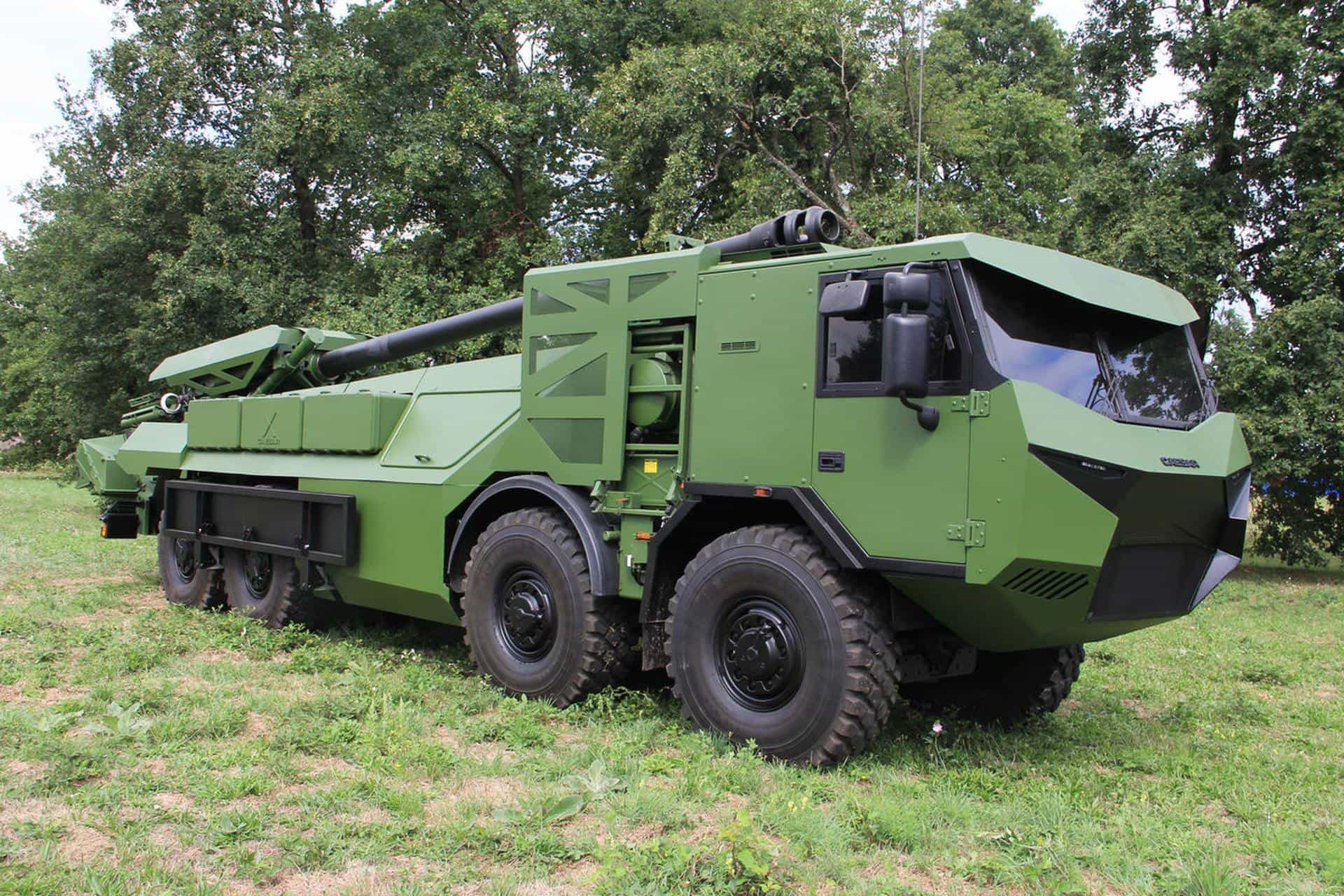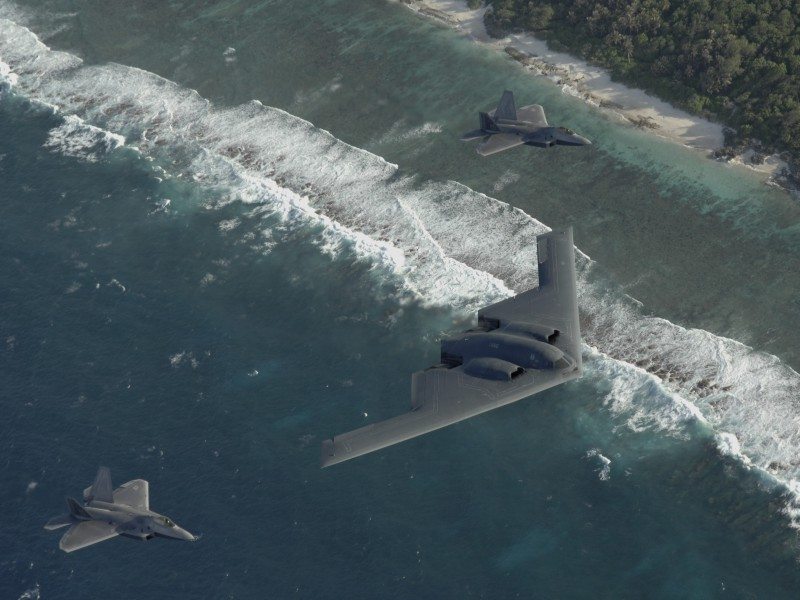The US military has invested billions in blimp-like aircraft to track militants planting roadside bombs but the spyship experiment is losing altitude because of technical failures and changing priorities.
The lighter-than-air projects were billed as an innovative revival of an old aircraft design to conduct “unblinking” surveillance on the battlefield — at a fraction of the cost of fuel-guzzling planes or helicopters.
The Pentagon invested $7 billion in airship programs between 2007 and 2012, but the funding has mostly dried up amid budget cuts and embarrassing setbacks.
Tethered balloons equipped with radar have been used routinely for surveillance by US forces over the past decade and are a common sight floating over American bases in Afghanistan.
But the big money went towards airships, which are a step up from the “aerostats” held by ropes. The airships fly on their own power similar to the zeppelins of the World War I era, while carrying more technology on board.
The most ambitious project was the Army’s massive, unmanned airship, the Long Endurance Multi-Intelligence Vehicle (LEMV), which was launched in 2010 with plans to deploy the craft to Afghanistan within 18 months.
The LEMV, manufactured by Northrop Grumman, was supposed to be equipped with sensors that could track enemy mortar rounds, withstand small arms fire with special material and also serve as a cargo ship that could handle up to 20 tons of supplies.
Northrop Vice President Brad Metzger promised it would “redefine persistent surveillance.”
After falling behind schedule, the 300-foot-long (90 meters) airship ran into major trouble after its first flight at Lakehurst Naval Air Station in New Jersey in August 2012.
It turned out to be 12,000 pounds (5,400 kilograms) overweight because of problems with its tailfins and other systems, according to a report from the Government Accountability Office, the investigative arm of the US Congress.
The weight problem meant that the craft could not stay in the air for three weeks as planned at an altitude of 20,000 feet, but only for four to five days.
After the first test, there was a post-flight review and engineers came with up “with a long list of things that needed to be repaired,” said John Cummings, an Army spokesman.
Facing daunting technical hurdles, along with a reduced appetite for surveillance in Afghanistan amid a troop drawdown, the Army decided to scrap the program after spending an estimated $294 million.
For critics, the program’s short-lived, expensive history seemed to embody everything wrong with the Pentagon’s bureaucracy. But officials said the concept was promising and the results simply were not up to expectations.
“This was a very interesting program. We are all disappointed it didn’t go the way we wanted it to,” Cummings said.
The US Air Force pursued its own helium-filled spyship, the Blue Devil 2, that was supposed to hover over battlefields for days, equipped with state-of-the-art sensors and cameras.
The Blue Devil 2 suffered similar problems as the Army’s project, missing deadlines and failing technical thresholds.
Like the LEMV, the Blue Devil’s tailfins were far too heavy, so heavy in fact that the airship could not fly, according to the GAO. There also were problems with flight control software.
After spending about $115 million, the Air Force called off the Blue Devil program in June 2012.
Other airships have flunked their flight tests.
The HALE-D, or high-altitude airship demonstrator, crashed on its first flight in July 2011, causing the destruction of its solar cells. In 2010, the solar-powered HiSentinel airship had a propulsion system failure after eight hours of a scheduled 24-hour flight.
A more modest Navy project, the MZ-3A research airship, has survived and is used to test sensors for the military and other government agencies.
The Navy calls it a “flying laboratory” that offers a “slow moving, vibration free” way to test out sensors designed for various aircraft.
As for the Army’s failed giant airship, the Defense Department tried to sell the LEMV for $44 million. Last month, it settled for a modest $301,000, officials said.
Under the terms of the sale, Cummings said that if the airship’s new owners “fly it again, we would be provided with data from their flights.”











